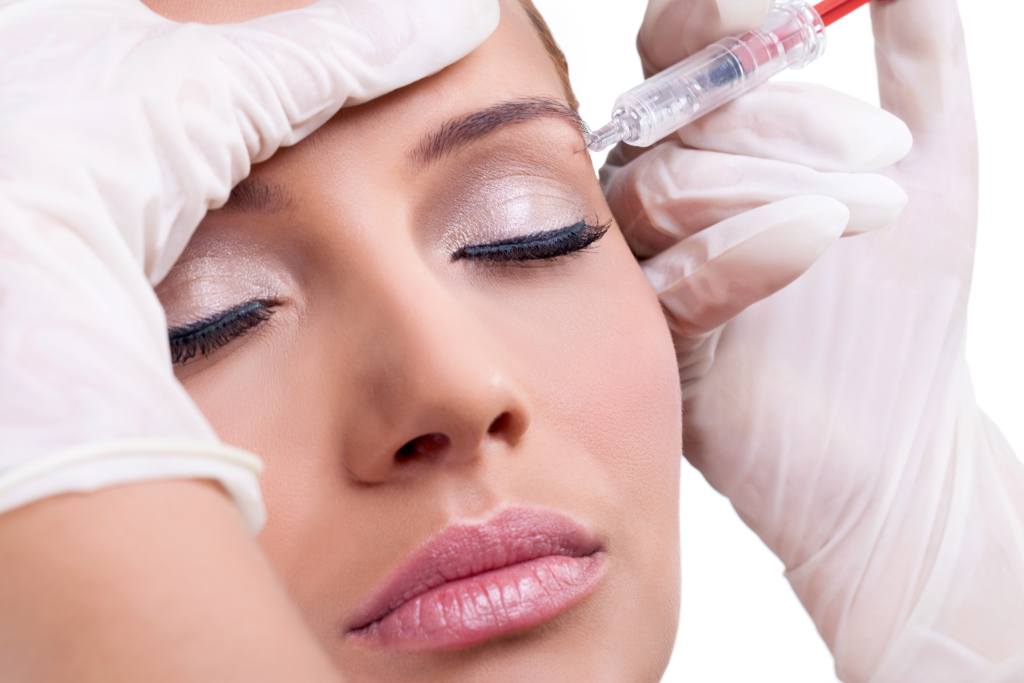Botox
Botox Cosmetic, first approved for aesthetic use by the FDA in 2002, is the most popular cosmetic procedure. It effectively turns back the clock on facial aging, particularly in the areas around the eyes and on the forehead, reducing or eliminating the appearance of fine lines and wrinkles.
How does Botox work?
Botox is derived from the Botulinum Toxin Type A, which, when injected into a muscle in very small amounts, is able to paralyze that muscle for a certain period of time. Creases and wrinkles are caused by repeated muscle contractions when we perform day-to-day actions such as smiling or frowning. Botox actually blocks the signals from the nerves to the muscle, so the injected muscle can’t contract. Botox is very effective in treating facial wrinkles, crow’s feet, frown lines, and forehead furrows.
Beyond aesthetics, Botox is also proving effective in treating migraines, excess sweating, overactive bladder symptoms, even temporomandibular joint disorders.
For cosmetic treatment, Botox is injected with a very small needle; no anesthesia is required. Some patients ask for a topical numbing cream before their session.
Is Botox right for everyone?
Because it is inexpensive and has no downtime, Botox can be the perfect solution for many patients. However, its results are not permanent — people seeking a permanent solution for wrinkles and creases need to consider cosmetic surgery options. Also, women who are pregnant or breastfeeding should not use Botox.
What occurs following treatment with Botox?
A Botox session takes just a few minutes. There is no downtime, although there may be some slight swelling and redness at the injection sites. Patients also need to avoid rubbing the injected areas for 12 hours, as that can cause the Botox to migrate to unwanted spots. Results usually take from three to seven days to fully show themselves.
Is Botox treatment permanent?
No. Results will vary, but results typically last from four to six months. At that point, when wrinkles begin to reappear, another Botox session will be needed. Lines and wrinkles often appear less severe over time because the muscles are being trained to relax and stop contracting.
Is Botox dangerous?
Temporary bruising is the most common side effect from the injection of Botox. Although its active ingredient is a neurotoxin, the small amounts used in Botox injections make more serious side effects virtually non-existent. Some people can develop eyelid drooping that lasts up to three weeks. This usually is caused by Botox moving to unwanted areas, affecting the wrong muscles, and is often a result of the patient rubbing the injection sites.







